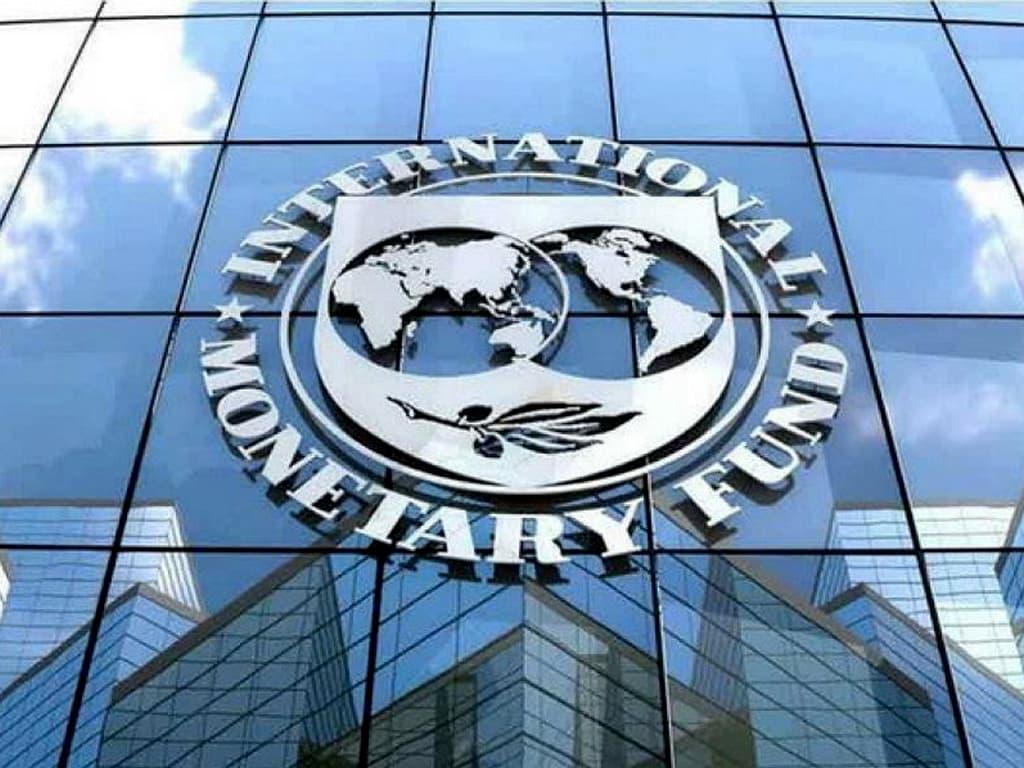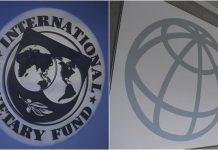By Faridah N Kulumba
Africa-Press – Tanzania. Last week the government of the Republic of Tanzania signed an agreement with International Monetary Fund (IMF) in a medium-term program to secure USD1.02 billion (Sh2.4 trillion), this was revealed by the lenders.
The revelation
This followed the IMF releasing a statement in which it was revealed that the agreement was finalized after several meetings between the government of Tanzania and the IMF. The meetings were held starting from May to June this year in Dodoma, Dar es Salaam, and Zanzibar island.
Loan purposes
The statement from the IMF clarified that this program is set to develop Tanzania’s economy. According to IMF Tanzania’s economy is gradually recovering from the negative effects of the Covid-19 pandemic but spillovers from the war in Ukraine are still the recovery. The IMF emergency assistance under the Rapid Credit Facility (RCF), and additional support from other development partners, are intended to support the authorities’ efforts to step up the pandemic response, addressing fiscal pressures engendered by the pandemic response, and close financing needs.
Supporting investment in Tanzania
The medium-term program also aims at mobilizing domestic revenue and creating space for much-needed investment in Tanzania.
Prioritizing
According to the communique, the investment will be in human and physical capital increased social spending, advancing the authorities’ structural reform agenda including improving the business environment and competitiveness and strengthening financial deepening and stability.
Conditions
IMF stressed that the program’s fiscal policy will focus on enhancing growth while maintaining fiscal and debt sustainability. Key priorities include increasing domestic revenues to create fiscal space through credible medium-term revenue mobilization plans and a comprehensive revenue strategy. Efforts will continue to redress the decline in priority social spending and help address increasing demands for public services in education and health, as well as improve the quality of spending. Including reducing fiscal risks and improving public investment management.
Tanzania’s part in the program
IMF stated that the Tanzanian government will continue to implement the blueprint for regulatory reforms that stress the streaming of permits and licenses as they rationalize the number of regulatory institutions. A tighter monetary policy stance may be needed to maintain the BOT’s inflation target while addressing heightened inflationary pressures stemming from the war in Ukraine and the global tightening cycle.
Other loans
At the beginning of the month of September 2021, the IMF approved USD567.25 million in emergency financial assistance under Rapid Credit Facility (RCF) and Rapid Financing Instrument (RFI) to support the Tanzania government’s effort in responding to the Covid-19 pandemic by address the urgent health, humanitarian, and economic crisis. The Executive Board of the IMF approved a disbursement of SDR132.6, million (USD189.08 million) under RCF and a purchase equivalent to SDR265.2 million (USD378.17 million) under the RFI, a total of SDR397.8 million (USD567.25 million or 100 percent of quota).
Effects of foreign loans
According to George M Kipumbu, the Commissioner of Taxes under the Ministry of Finance in Zambia, the economic crisis of African nations has been compounded by the loan policies of multinational lending agencies that have withheld payments. Africa’s external debt burden has contributed to the deepening crisis characterized by a decline in industrial output. Poor export performance, and deteriorating social indicators, institutions, and environment.
Tanzania’s non-concessional borrowing
According to the IMF non-concessional borrowing has increased in recent years to finance the public infrastructure agenda. Multilateral and official bilateral creditors continue to be the major financiers, accounting for about 70 percent of the stock of external Public and Publicly Guaranteed (PPG) debt as of the end of FY2019/2020. However, in recent years, commercial borrowing as a share of new disbursement has increased to about 68 percent.
Tanzanian debt
Tanzania’s national debt stood at USD36.08 billion by the end of November last year, up to USD5.34 billion year-on-year from November 2020, according to the figures published by the Central Bank. External debt closed at USD27,95 billion, a USD215,8 million drop from October which the Bank of Tanzania attributed to debt servicing payments outweighing disbursements during the month. But the debt was still higher by USD4.12 billion compared with November 2020.
External debt is considered a significant source of income for less developed countries, especially the Sub-Saharan African countries. Tanzania also relies on external debt to finance its saving-investment gap. The budget deficit, and balance of payment deficit. However, the economic impact of debt would feedback on debt levels. Primarily by lowering revenue, increasing interest spending, and lowering GDP levels.
For More News And Analysis About Tanzania Follow Africa-Press







